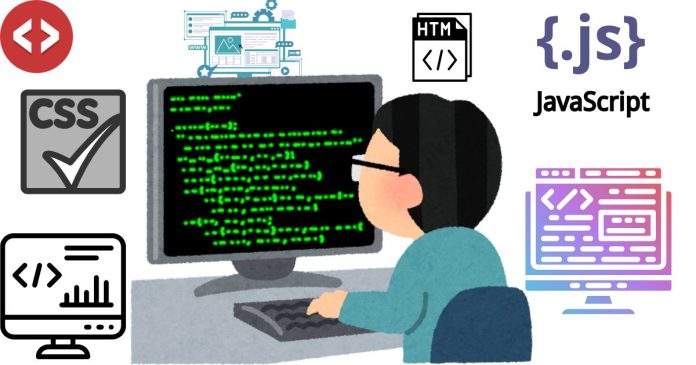Forking vs. Branching in GitHub
When collaborating on projects in GitHub, you often encounter two popular workflows: forking and branching. While both are used to work on changes to a repository, they serve different purposes and are suited to different scenarios. Here’s a detailed comparison of forking and branching to help you understand their differences and use cases.
What is Forking?
A fork is a complete copy of a repository, including its entire commit history, created under your GitHub account. Forking is typically used when you want to contribute to a repository you do not own or when you need a separate copy for your purposes.
How Forking Works:
- You fork a repository.
- A copy of the repository is created in your GitHub account.
- You clone the fork to your local machine.
- Make changes and commit them to your fork.
- Optionally, submit a pull request (PR) to the original repository for your changes to be reviewed and merged.
Key Features of Forking:
- Creates a new repository in your GitHub account.
- You have full control over your fork without affecting the original repository.
- Useful for contributing to projects you don’t own or need to modify without collaboration.
Use Cases for Forking:
- Contributing to open-source projects.
- Experimenting with code without impacting the original project.
- Customizing a project for your own needs.
What is Branching?
A branch is a lightweight pointer to a specific commit in the same repository. Branching is used to isolate work on new features, bug fixes, or experiments within the repository you are working on.
How Branching Works:
- You create a branch within the same repository.
- Make changes and commit them to the branch.
- When ready, merge the branch back into the main branch (or other branches).
Key Features of Branching:
- Operates within the same repository.
- Allows easy collaboration among contributors.
- Changes can be merged back into the main branch seamlessly.
Use Cases for Branching:
- Feature development: Creating a branch for each feature.
- Bug fixing: Isolating fixes in a branch.
- Collaboration: Team members working on separate branches.
- Continuous Integration/Delivery (CI/CD): Testing and deploying branches separately.
Comparison Table
| Feature | Forking | Branching |
|---|---|---|
| Location | Creates a new repository under your GitHub account | Remains within the same repository |
| Ownership | Full control over the forked repository | Shared ownership within the original repository |
| Collaboration | Used for external contributions | Used for internal team collaboration |
| Workflow | Requires cloning and PR to contribute to the original repository | Directly merge changes back into the main branch |
| Use Case | Contributing to projects you don’t own | Feature development, bug fixes, CI/CD workflows |
| Complexity | More complex, involves managing separate repositories | Simpler and more integrated into the repository |
Choosing Between Forking and Branching
- Use Forking when:
- You’re contributing to a repository you don’t have write access to.
- You need a completely separate repository for modifications.
- You want to experiment without impacting the original project.
- Use Branching when:
- You’re working within a team or organization that owns the repository.
- You need to develop features or fix bugs collaboratively.
- The repository has a well-defined workflow (e.g., GitFlow).
Conclusion
Both forking and branching are essential tools in Git workflows, each serving distinct purposes. Forking is ideal for external contributions and independent experiments, while branching is the go-to method for internal collaboration and development. Understanding when to use each will help you collaborate effectively and maintain cleaner repositories.


